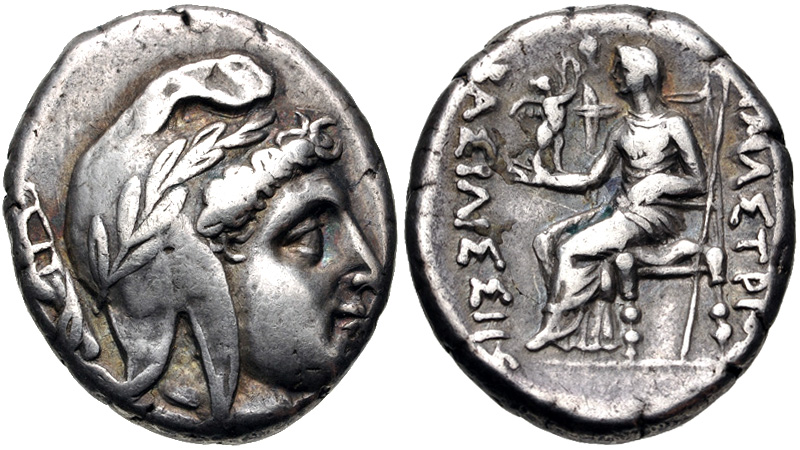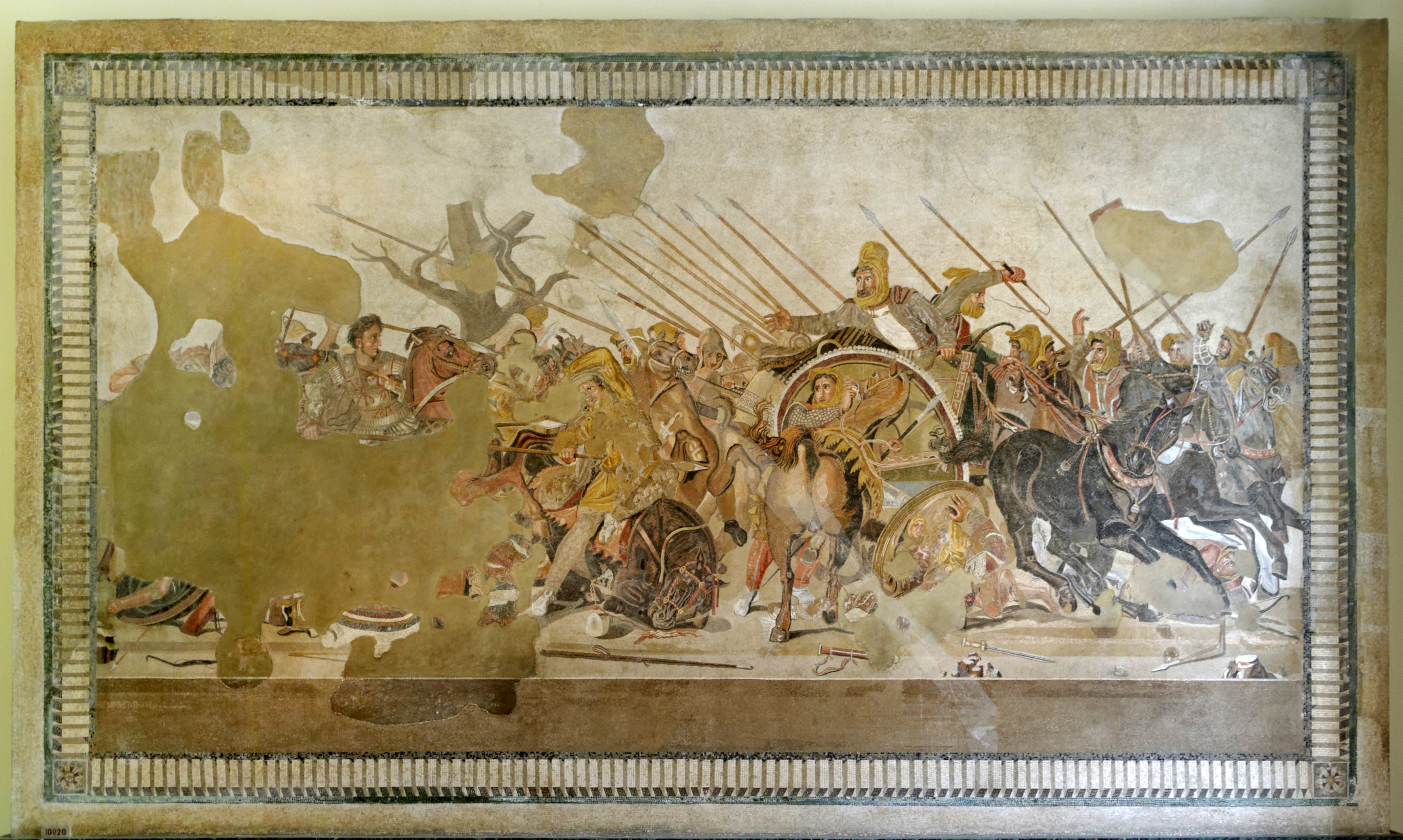|
ГҮatalaДҹzДұ
ГҮatalaДҹzДұ is a town (''belde'') in the Kilimli District, Zonguldak Province, Turkey. Its population is 6,379 (2022). Geography The town is about east of Kilimli and northeast of Zonguldak. The town is situated in a valley which runs parallel to Black Sea coast. History The settlement was probably known as Psylla during the ancient times and Amastris, the daughter of Darius III of Achaemenid Empire lived around the settlement. After the Byzantine and Genoa colonial periods, the settlement was captured by the Ottoman Empire The Ottoman Empire (), also called the Turkish Empire, was an empire, imperial realm that controlled much of Southeast Europe, West Asia, and North Africa from the 14th to early 20th centuries; it also controlled parts of southeastern Centr .... In 1954 ГҮatalaДҹzДұ was declared as a seat of township. Living There are coalfields around the town and like most other settlements around, ГҮatalaДҹzДұ is a typical mining town. In 1948, the most po ... [...More Info...] [...Related Items...] OR: [Wikipedia] [Google] [Baidu] |
Zonguldak Province
Zonguldak Province () is a province along the western Black Sea coast region of Turkey. Its area is 3,342 km2, and its population is 588,510 (2022). Its adjacent provinces are DГјzce to the southwest, Bolu to the south, KarabГјk to the southeast, and BartДұn to the east. The capital is Zonguldak. Its Governor is Osman HacДұbektaЕҹoДҹlu. Districts Zonguldak province is divided into 8 districts (capital district in bold): * AlaplДұ * ГҮaycuma * Devrek * EreДҹli * GГ¶kГ§ebey * Kilimli * Kozlu * Zonguldak Coal The discovery of coal in the EreДҹli (Heraclea) region (known today as the Zonguldak basin) dates back to the reign of Sultan Mahmud II, and its extraction to Sultan Abdulmejid I's reign. The first specimen of Turkish coal was brought from EreДҹli to Istanbul in 1822, but nothing was done for exploration and exploitation of this coal. However, in 1829, another specimen of coal was brought to Istanbul by Uzun (Long) Mehmet, a sailor and native of the vi ... [...More Info...] [...Related Items...] OR: [Wikipedia] [Google] [Baidu] |
Kilimli District
Kilimli District is a district of the Zonguldak Province of Turkey. Its seat is the town of Kilimli.İlçe Belediyesi , Turkey Civil Administration Departments Inventory. Retrieved 1 March 2023. Its area is 145 km2, and its population is 33,121 (2022). The district was established in 2012. Composition There are four in Kilimli District: * * Gelik *[...More Info...] [...Related Items...] OR: [Wikipedia] [Google] [Baidu] |
Kilimli
Kilimli is a town in Zonguldak Province, Turkey. It is the seat of Kilimli District.Д°lГ§e Belediyesi , Turkey Civil Administration Departments Inventory. Retrieved 1 March 2023. Its population is 19,989 (2022). It is at the east end of , on the shore, close to both Zonguldak and ГҮatalaДҹzДұ
ГҮatalaДҹzДұ is a town (''belde'') in the Kilimli District, Zonguldak Province, Turkey. Its population is 6,379 (202 ...
[...More Info...] [...Related Items...] OR: [Wikipedia] [Google] [Baidu] |
Belde
Belde (literally "town", also known as ''kasaba'') means "large village with a municipality" in Turkish language, Turkish. All Turkish province centers and district centers have municipalities, but the Villages of Turkey, villages are usually too small to have municipalities. The population in some villages may exceed 2000 and in such villages a small municipality may be established depending on residents' choice. Such villages are called ''belde''. Up to 2014 the number of ''belde'' municipalities was about 1400. On 30 March 2014 by the act no. 6360 all villages (those with and without municipality) were included in the urban fabric of the district municipalities in 30 provinces. Thus ''belde'' municipalities in 30 provinces were abolished. The number of abolished ''belde'' municipalities is 1040. Presently, in 51 provinces, which are not in the scope of the act no 6360, there are still 394 ''belde'' municipalities. See also *2013 Turkish local government reorganisation *Metropo ... [...More Info...] [...Related Items...] OR: [Wikipedia] [Google] [Baidu] |
TГңД°K
Turkish Statistical Institute (commonly known as TurkStat; or TГңД°K) is the Turkish government agency commissioned with producing official statistics on Turkey, its population, resources, economy, society, and culture. It was founded in 1926 and headquartered in Ankara. Formerly named as the State Institute of Statistics (Devlet Д°statistik EnstitГјsГј (DД°E)), the institute was renamed as the Turkish Statistical Institute on November 18, 2005. See also * List of Turkish provinces by life expectancy References External linksOfficial website of the institute National statistical services Statistical Organizations established in 1926 Organizations based in Ankara {{Sci-org-stub ... [...More Info...] [...Related Items...] OR: [Wikipedia] [Google] [Baidu] |
Zonguldak
Zonguldak () is a List of cities in Turkey, city of about 100 thousand people in the Black Sea region of Turkey. It is the seat of Zonguldak Province and Zonguldak District.Д°l Belediyesi Turkey Civil Administration Departments Inventory. Retrieved 1 March 2023. It was established in 1849 as a port town for the nearby coal mines in Karadeniz EreДҹli, EreДҹli. The current mayor is Tahsin Erdem, representing the Republican People's Party, CHP. Etymology There are several different theories concerning the origin of the city's name: * That it comes from ''Zone Geul-Dagh'', the name given to the area by France, French and Belgium, Belgian mining companies from French "zone" and a French spelling of Turkish GГ¶ldaДҹДұ ('Lake Mountain'), the highest mountain in the vicinity of the Devrek district. * That the na ...[...More Info...] [...Related Items...] OR: [Wikipedia] [Google] [Baidu] |
Black Sea
The Black Sea is a marginal sea, marginal Mediterranean sea (oceanography), mediterranean sea lying between Europe and Asia, east of the Balkans, south of the East European Plain, west of the Caucasus, and north of Anatolia. It is bounded by Bulgaria, Georgia (country), Georgia, Romania, Russia, Turkey, and Ukraine. The Black Sea is Inflow (hydrology), supplied by major rivers, principally the Danube, Dnieper and Dniester. Consequently, while six countries have a coastline on the sea, its drainage basin includes parts of 24 countries in Europe. The Black Sea, not including the Sea of Azov, covers , has a maximum depth of , and a volume of . Most of its coasts ascend rapidly. These rises are the Pontic Mountains to the south, bar the southwest-facing peninsulas, the Caucasus Mountains to the east, and the Crimean Mountains to the mid-north. In the west, the coast is generally small floodplains below foothills such as the Strandzha; Cape Emine, a dwindling of the east end ... [...More Info...] [...Related Items...] OR: [Wikipedia] [Google] [Baidu] |
Amastrine
Amastris (; c. 340/39вҖ“284 BC) also called Amastrine, was a Persian princess, and Tyrant-ruler of the city of Heraclea from circa 300 to her death. She was the daughter of Oxyathres, the brother of the Persian King Darius III. Arrian, '' Anabasis Alexandri'', VII. 4. She was the first woman in the Mediterranean publicly identified as the political, economic, and administrative royal authority.Monica D'Agostini. (2020). Can Powerful Women Be Popular?: Amastris: Shaping a Persian Wife into a Famous Hellenistic Queen. In ''Celebrity, Fame, and Infamy in the Hellenistic World.'' Edid. Riemer Faber. Canada: University of Toronto Press. Life Little is known about Amastris' life before her first marriage. From her paternal namesake, it can be concluded that she did not have brothers. As a Persian royal woman, she would have been trained in managerial duty. Amastris was given by Alexander the Great in marriage to Craterus. However, in 322 BC, she married Dionysius, tyrant of Hera ... [...More Info...] [...Related Items...] OR: [Wikipedia] [Google] [Baidu] |
Darius III
Darius III ( ; ; вҖ“ 330 BC) was the thirteenth and last Achaemenid King of Kings of Persia, reigning from 336 BC to his death in 330 BC. Contrary to his predecessor Artaxerxes IV Arses, Darius was a distant member of the Achaemenid dynasty. During his early career, he was reportedly an obscure figure among his peers and first rose to prominence during the Cadusian expedition of Artaxerxes III in the 350s BC. As a reward for his bravery, he was given the Satrapy of Armenia. Around 340 BC, he was placed in charge of the royal "postal service," a high-ranking position. In 338 BC, Artaxerxes III met an abrupt end after being poisoned by the court eunuch and chiliarch (''hazahrapatish'') Bagoas, who installed Artaxerxes' youngest son Arses on the throne. He only reigned for a few years, until Bagoas had him poisoned as well. Darius was subsequently installed on the throne and soon forced Bagoas to drink his poison after discovering that the eunuch had planned to poison him as w ... [...More Info...] [...Related Items...] OR: [Wikipedia] [Google] [Baidu] |
Achaemenid Empire
The Achaemenid Empire or Achaemenian Empire, also known as the Persian Empire or First Persian Empire (; , , ), was an Iranian peoples, Iranian empire founded by Cyrus the Great of the Achaemenid dynasty in 550 BC. Based in modern-day Iran, it was the List of largest empires#Timeline of largest empires to date, largest empire by that point in history, spanning a total of . The empire spanned from the Balkans and ancient Egypt, Egypt in the west, most of West Asia, the majority of Central Asia to the northeast, and the Indus Basin, Indus Valley of South Asia to the southeast. Around the 7th century BC, the region of Persis in the southwestern portion of the Iranian plateau was settled by the Persians. From Persis, Cyrus rose and defeated the Medes, Median Empire as well as Lydia and the Neo-Babylonian Empire, marking the establishment of a new imperial polity under the Achaemenid dynasty. In the modern era, the Achaemenid Empire has been recognised for its imposition of a succ ... [...More Info...] [...Related Items...] OR: [Wikipedia] [Google] [Baidu] |
Byzantine Empire
The Byzantine Empire, also known as the Eastern Roman Empire, was the continuation of the Roman Empire centred on Constantinople during late antiquity and the Middle Ages. Having survived History of the Roman Empire, the events that caused the fall of the Western Roman Empire in the 5th centuryAD, it endured until the fall of Constantinople to the Ottoman Empire in 1453. The term 'Byzantine Empire' was coined only after its demise; its citizens used the term 'Roman Empire' and called themselves 'Romans'. During the early centuries of the Roman Empire, the western provinces were Romanization (cultural), Latinised, but the eastern parts kept their Hellenistic culture. Constantine the Great, Constantine I () legalised Christianity and moved the capital to Constantinople. Theodosius I, Theodosius I () made Christianity the state religion and Greek gradually replaced Latin for official use. The empire adopted a defensive strategy and, throughout its remaining history, expe ... [...More Info...] [...Related Items...] OR: [Wikipedia] [Google] [Baidu] |
Republic Of Genoa
The Republic of Genoa ( ; ; ) was a medieval and early modern Maritime republics, maritime republic from the years 1099 to 1797 in Liguria on the northwestern Italy, Italian coast. During the Late Middle Ages, it was a major commercial power in both the Mediterranean Sea, Mediterranean and Black Sea. Between the 16th and 17th centuries, it was one of the major financial centres of Europe. Throughout its history, the Genoese Republic established Genoese colonies, numerous colonies throughout the Mediterranean and the Black Sea, including Corsica from 1347 to 1768, Monaco, Gazaria (Genoese colonies), Southern Crimea from 1266 to 1475, and the islands of Lesbos and Chios from the 14th century to 1462 and 1566, respectively. With the arrival of the early modern period, the Republic had lost many of its colonies, and shifted its focus to banking. This was successful for Genoa, which remained a hub of capitalism, with highly developed banks and trading companies. Genoa was known as ' ... [...More Info...] [...Related Items...] OR: [Wikipedia] [Google] [Baidu] |






